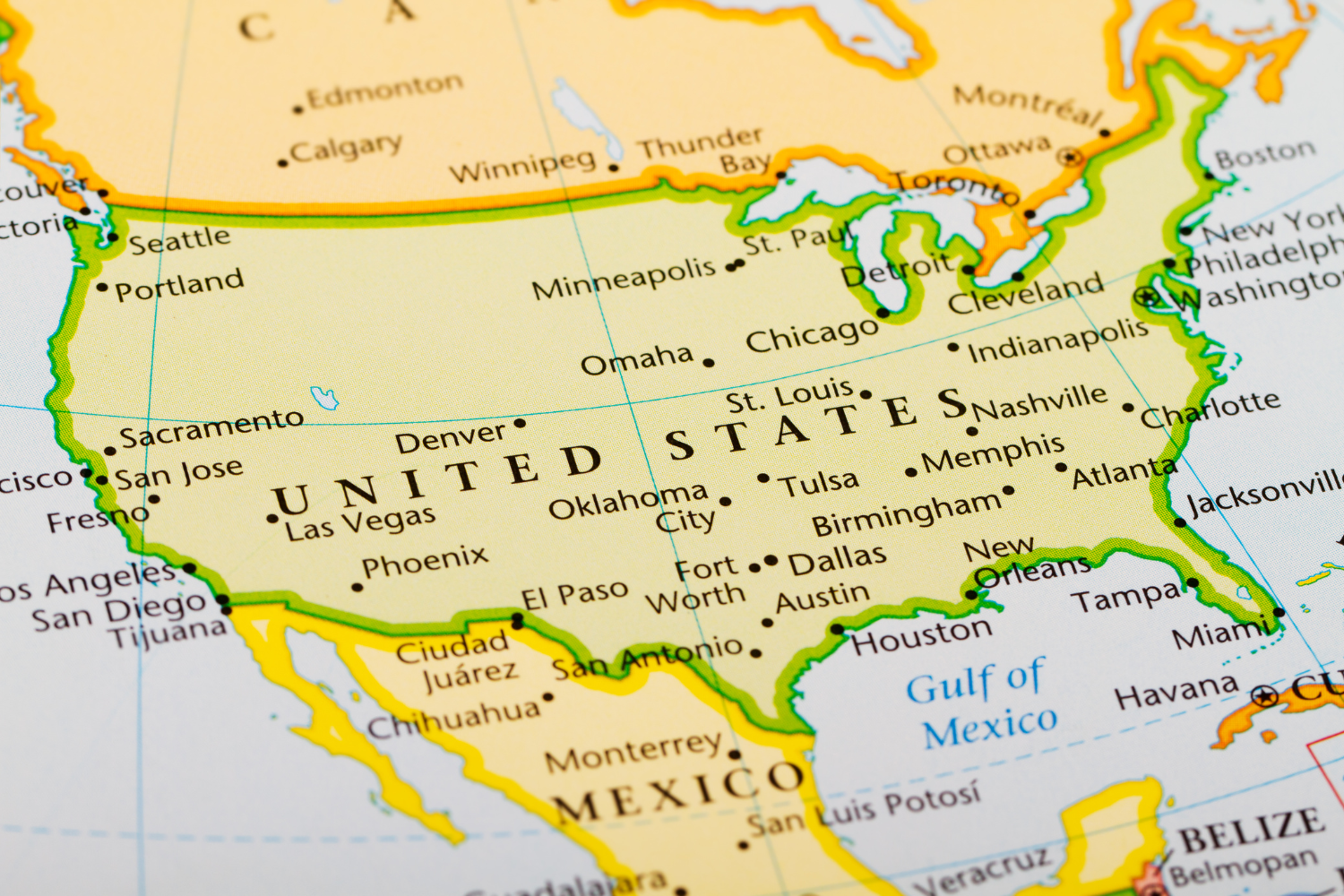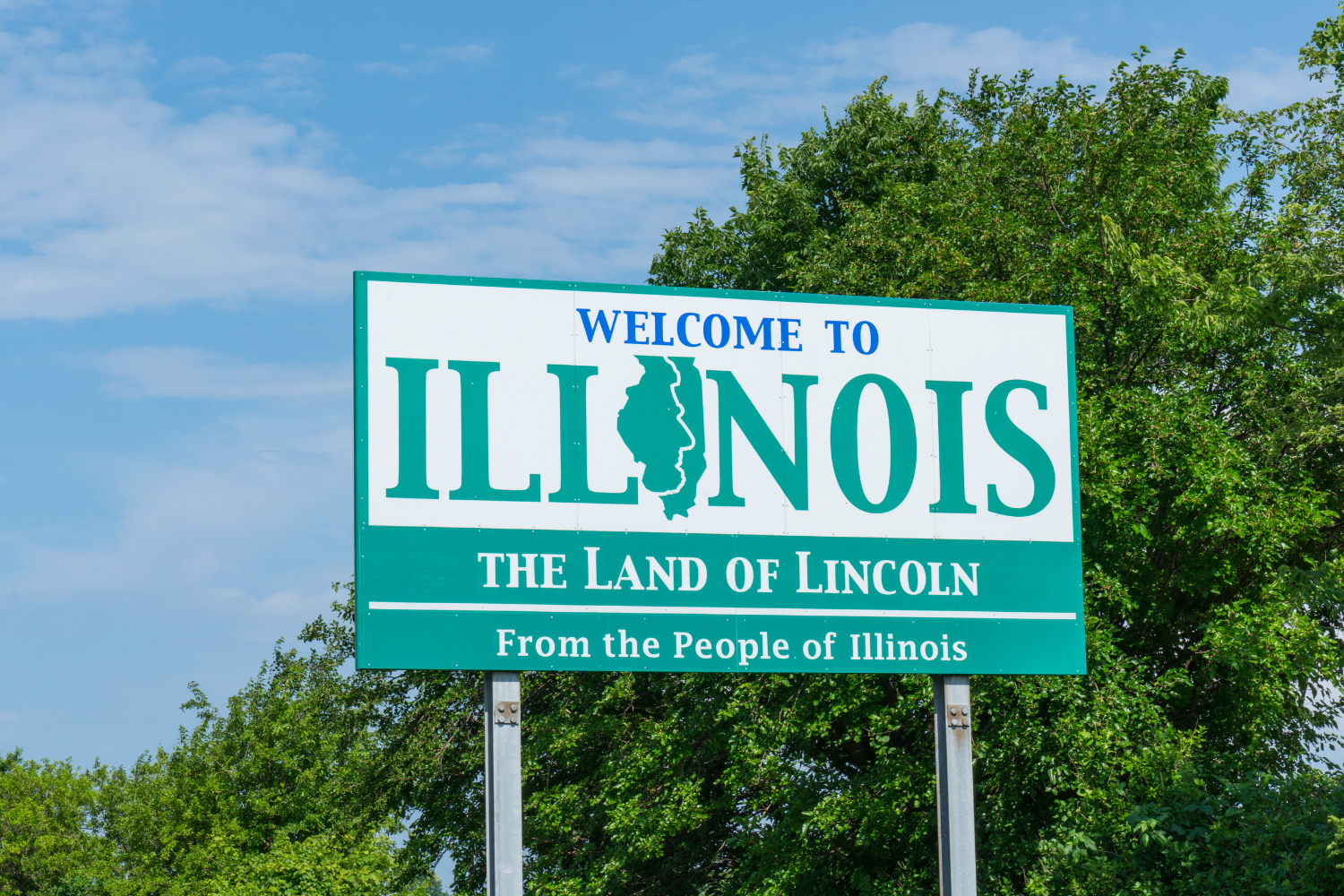Understanding which US states face the biggest workforce losses from unemployment and burnout

Worker loss in the United States varies widely from state to state, influenced by both economic and mental health factors. Unemployment and burnout contribute significantly to this phenomenon, affecting workforce retention and overall economic stability. Analyzing data from authoritative sources like the Bureau of Labor Statistics and Federal Reserve reveals distinct regional patterns where certain industries and lifestyles exacerbate worker departures. This insight helps clarify the complex causes behind labor market shifts and guides targeted interventions.
1. California leads with the highest worker loss from unemployment and burnout.

California stands out as a state with considerable worker loss due to unemployment and burnout. The combination of high living costs and fast-paced industries contributes to this trend. Faced with expensive city life and intense work environments, many find themselves overwhelmed or out of work.
Such circumstances create a cycle where even when jobs are available, workers are too burnt-out to effectively participate. The state’s expansive tech sector exemplifies this; tech professionals may leave due to relentless pressure, feeding into both unemployment statistics and burnout-related departures.
2. Texas shows significant worker departures due to prolonged job stress and layoffs.

In Texas, worker loss stems largely from extended job stress compounded by layoffs. The energy and construction sectors, vital to the state’s economy, experience fluctuating job availability that leaves workers facing prolonged uncertainty. This unpredictability strains mental well-being and encourages workforce exits.
While Texas boasts a robust economy, many workers face the dual challenge of maintaining consistent employment and managing stress levels. This tension is particularly felt in cities like Houston, where employment peaks and dips have direct consequences on both income stability and personal health.
3. Florida experiences notable workforce reductions related to burnout and unemployment rates.

Florida sees a noteworthy decrease in workforce presence linked to burnout and unemployment rates. The tourism and service industries, hallmarks of Florida’s economy, suffered setbacks, causing instability for workers. As demand yo-yos, many have struggled to secure long-term positions, amplifying stress.
Burnout further complicates the picture, as continuous pressure from fluctuating job security affects morale. Within Orlando, for instance, workers are caught in a cycle of seasonal highs and lows, leaving a trail of restless professionals and rising turnover figures.
4. New York ranks high in losing workers through combined unemployment and burnout factors.

New York ranks significantly when it comes to worker loss driven by unemployment and burnout. The fast-paced lifestyle in cities like New York City pushes many professionals to their limits. The financial sector, in particular, experiences considerable stress and pressure, leading to frequent turnover.
Unemployment, meanwhile, persists as a result of economic shifts and workforce saturation. Even when jobs are available, the intensive demands and high stress associated with them cause professionals to exit both roles and industries prematurely, adding to the state’s high worker turnover rates.
5. Illinois records substantial employee exits caused by job dissatisfaction and layoffs.

Illinois experiences significant worker exits rooted in job dissatisfaction and layoffs, with major cities like Chicago influenced heavily by these shifts. Economic uncertainty in manufacturing and urban-centered industries contributes to apprehension among employees about job security.
High levels of dissatisfaction stem from perceptions of inadequate workplace support and volatile job markets. This dissatisfaction culminates in frequent resignations, which further destabilize workplaces. Manufacturing, once a job-provider, faces declines, feeding into a broader state trend of workforce contraction.
6. Pennsylvania faces challenges retaining workers amid rising burnout and unemployment numbers.

Pennsylvania faces workforce retention issues amid escalating burnout and unemployment stats. The decline in traditional manufacturing jobs coupled with healthcare industry pressures creates an environment ripe for worker exit. The state’s economic duality underscores the challenges present in trying to maintain stable employment levels.
Burnout in the healthcare sector is particularly acute, with frontline health workers leaving due to intensive demands and emotional tolls. This, combined with a sluggish economic recovery in manufacturing hubs, paints a nuanced picture of worker loss that goes beyond mere employment statistics.
7. Ohio reflects a considerable drop in workforce presence because of stress and layoffs.

Ohio reflects a noticeable decline in workforce participation, largely due to stress and layoffs. The state’s economic roots in manufacturing and automotive industries face challenges adapting to modern demands, pressuring their workforce. As these sectors struggle, employees often face stressful uncertainty.
High stress levels become a leading factor in employee decisions to leave the workforce entirely. In cities like Cleveland, layoffs paired with slow resurgence in new job creation contribute to both economic and psychological strains, prompting many to seek stability elsewhere or forego work temporarily.
8. Michigan reports elevated workforce losses linked closely to burnout and joblessness.

Michigan shows elevated rates of workforce loss that correlate closely with burnout and joblessness. The state’s auto industry, once a stronghold, now faces technological shifts that unsettle labor markets, leaving many to seek new skills or face unemployment.
Job insecurity contributes to emotional fatigue, with unreliability in employment breadwinning status further complicating matters. Detroit highlights the state’s broader issue. Here, economic restructuring meets a workforce wary of ongoing stability, impacting labor participation heavily across multiple sectors.
9. Georgia sees steady worker decline influenced by ongoing unemployment and exhaustion issues.

Georgia grapples with a steady decline in worker numbers, heavily impacted by unending unemployment and fatigue. The service sector, vital within metropolitan areas like Atlanta, faces unpredictable demand that weighs on job security and employee morale.
Exhaustion becomes a palpable force driving absenteeism and resignations. As workers find themselves caught between unreliable employment prospects and rising stress, the initiative to remain in risky positions diminishes, affecting both personal well-being and broader industrial health.
10. North Carolina contends with frequent employee turnovers driven by burnout and job scarcity.

North Carolina confronts frequent worker turnover prompted by burnout and scarce job opportunities, challenging the state’s labor market equilibrium. The blend of declining manufacturing and competitive tech industries has shifted employment patterns, leaving many professionals vacillating between industries.
High burnout exacerbates retention difficulties as professionals, faced with sparse openings in their chosen fields, resort to leaving roles prematurely. Cities like Raleigh observe escalating employee exits, with worker stress levels, fueled by these employment voids, echoing the broader state dynamic.
11. New Jersey experiences persistent worker shortages due to high burnout alongside unemployment.

New Jersey experiences notable shortages in workers due to high burnout levels paired with unemployment issues. Workforce declines are pronounced in sectors like finance and urban services, where the pace often exceeds sustainable thresholds for employees.
Professionals leave, seeking relief from relentless hours and job uncertainty. While unemployment rates reflect some economic recovery, continued workforce shortages illustrate that burnout remains a critical barrier to repopulating these roles effectively, leading to ongoing challenges in worker retention statewide.
12. Virginia struggles with maintaining its workforce amid rising job stress and unemployment.

Virginia struggles with workforce stability as job stress and unemployment rise. This middle ground between established federal employment and newly rising tech hubs see clashes where employees must often endure high-pressure transitions across roles or face joblessness.
Work-life balance concerns lead many to opt out of stifling dynamics in pursuit of healthier alternatives. Northern Virginia, with its D.C. proximity, reveals these tensions acutely, where prestige jobs do not necessarily equate to sustainability, perpetuating the cycle of workforce flux.
